Being one of the most sought after brand isn’t easy. Previously know as 1964audio, now 64audio is one of the most loved IEM brands in the world. Those who own a 64audio product take pride in it and others want to own one. Yes, 64audio doesn’t make budget IEMs anymore. They used to make U3 and U4 IEMs back in 2016 but decided to pull them out of market for reasons unknown to me. Yes, their flagship products took universal shape and shook the audiophile community. Their U12t and U18/t have left lasting impressions on both consumers and reviewers. They are introducing universal IEMs, one at a time. First came the Neo, then the Duo and now we have the U4s. There is something special about this IEM thought.
Unlike any other 64audio IEM U4s ships with the exclusive M12 Apex module along with others.
Priced at $1099, U4s is available in only one Colour, gun metal blue and as of now is the cheapest universal IEM on offer from 64audio and I will be comparing it other Fibae 5 and few other similar IEMs.
Get one from:

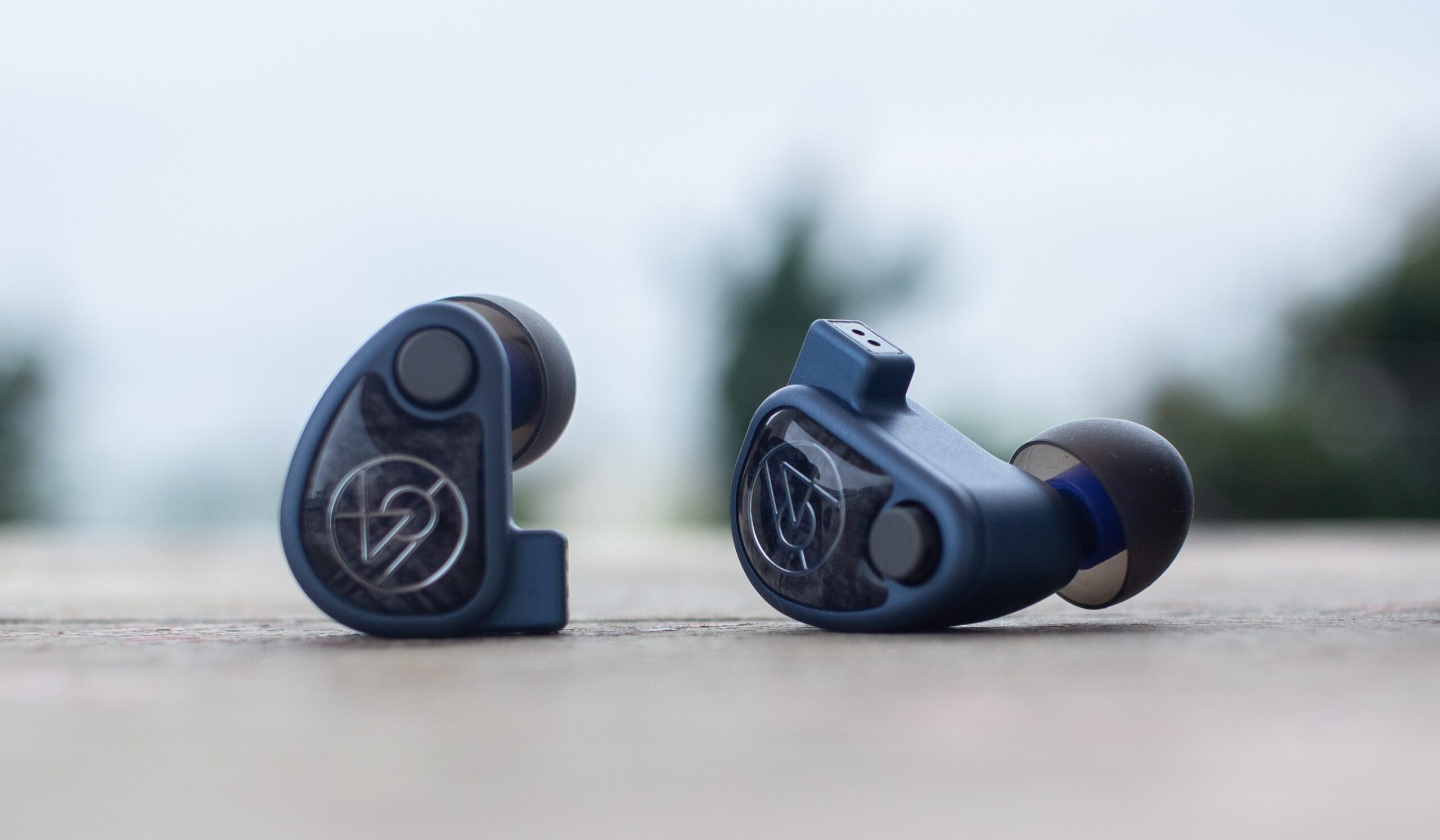
UNBOXING AND ACCESSORIES:
U4s comes in an unusually large box, strangely there isn’t a lot of accessories in the box except for the functional ones. The unboxing experience is straightforward. The IEM is stuffed in foam while the cable is wrapped around a paper holder. One can find 9 pairs of tips inside the box. There are 3 sets of foam, wide bore, and spinfit type tips, each in S/M/L sizes stuffed in a tip organizer. A cleaning tool, cable clip and a 64audio sticker are placed inside the carry case. There is no cleaning cloth or anything fancy in this huge box.
The carry case is of very good quality and feels a lot more premium thanks to its leather type finishing.

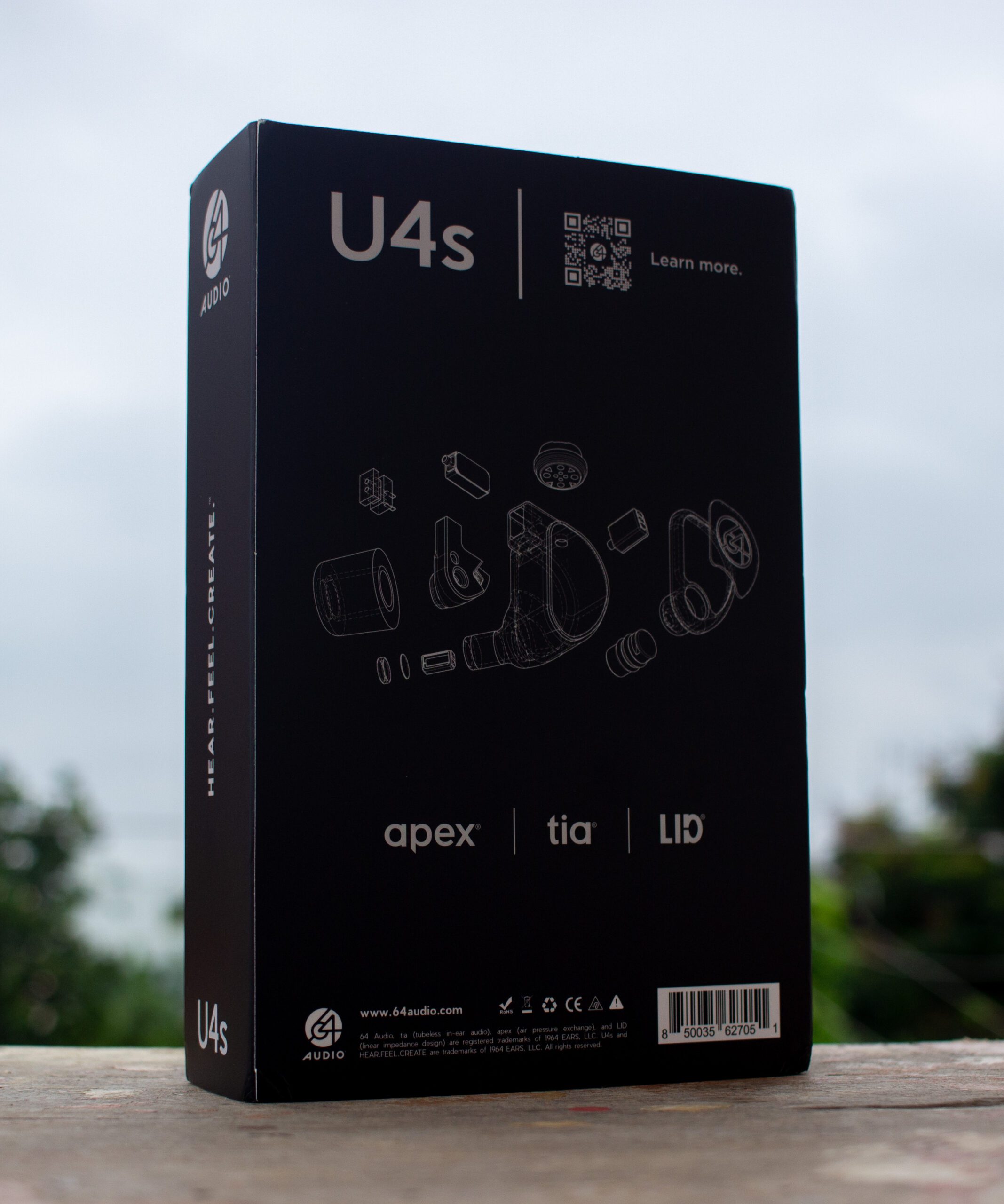
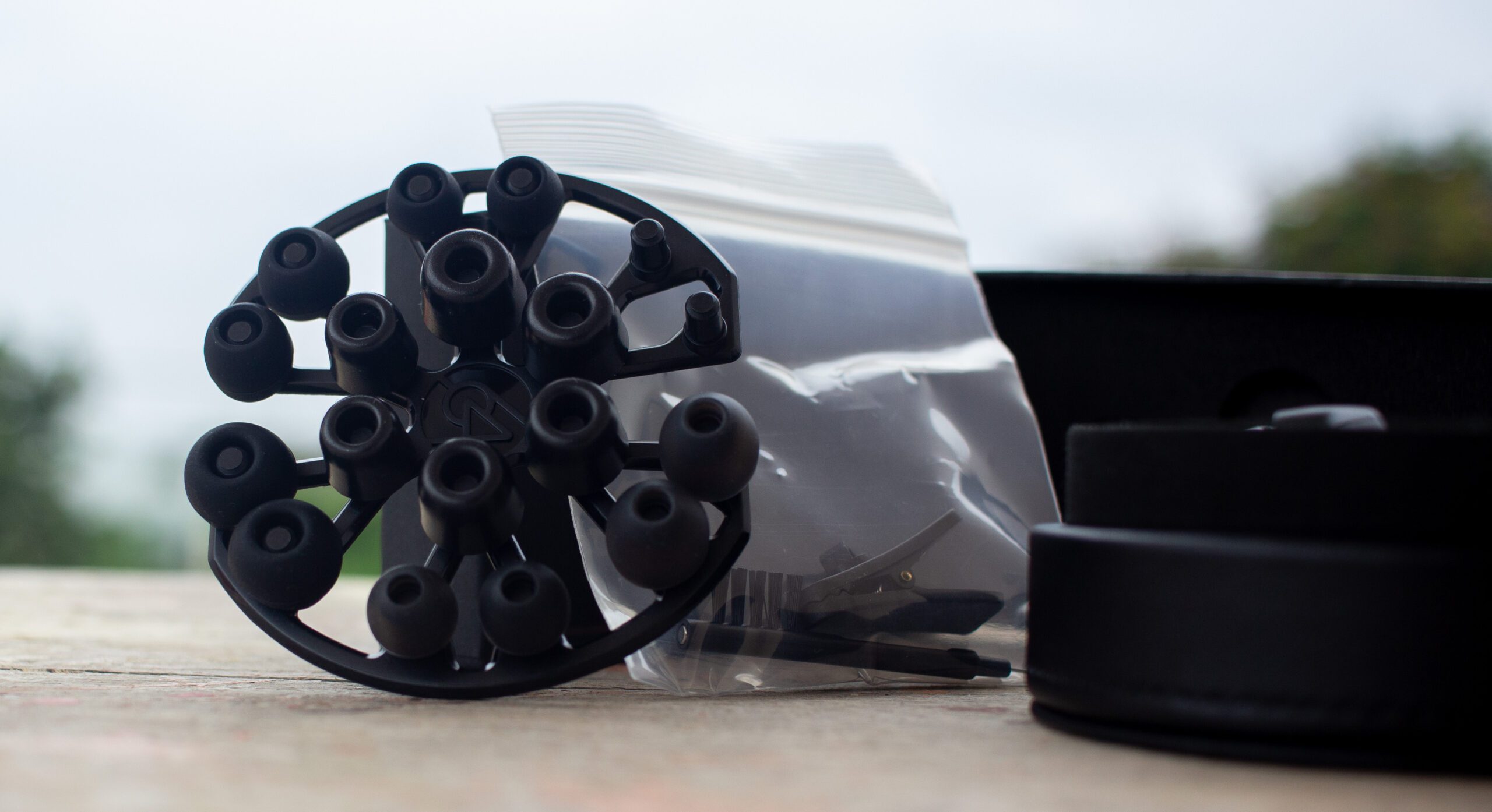

CABLE:
I know that most of these boutique and popular brands do not include high quality cables but this cable we get with the U4s is an improved one. This 26awg silver plated OCC copper 4 core cable is decent. It isn’t the tangling or bouncy type and keeps microphonics low. The cable guide isn’t aggressive and provides a relaxed yet secure fit. Parts used are of decent quality and are minimal in appearance and have reasonable heft. I will definitely like to see a better 2pin design than this piece of plastic. The cable slider is on the tighter side but that’s not a problem.
I definitely would have liked it more if the stock cable was 4.4mm. S.E. is slightly disappointing for an IEM that costs more than $1000.
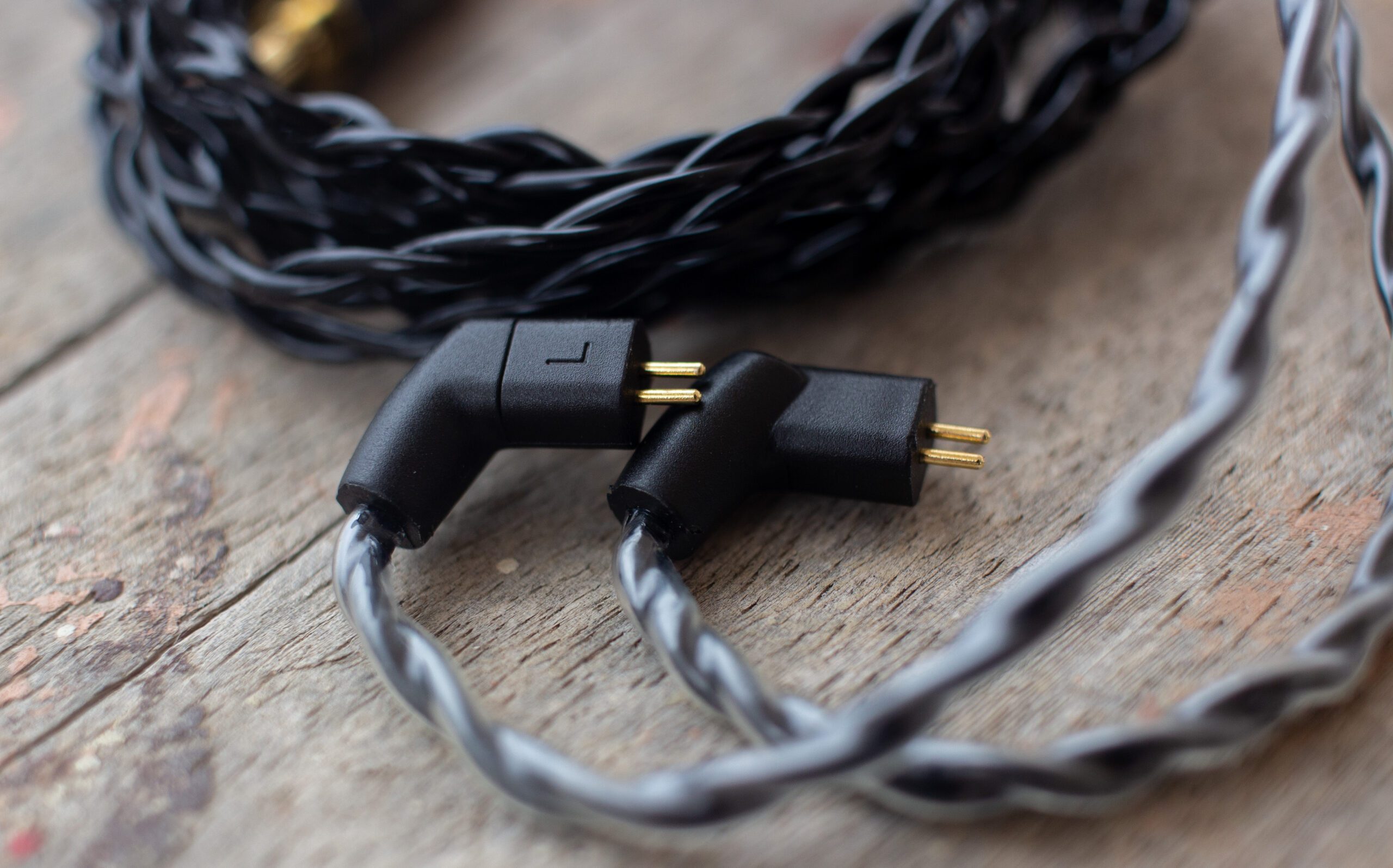
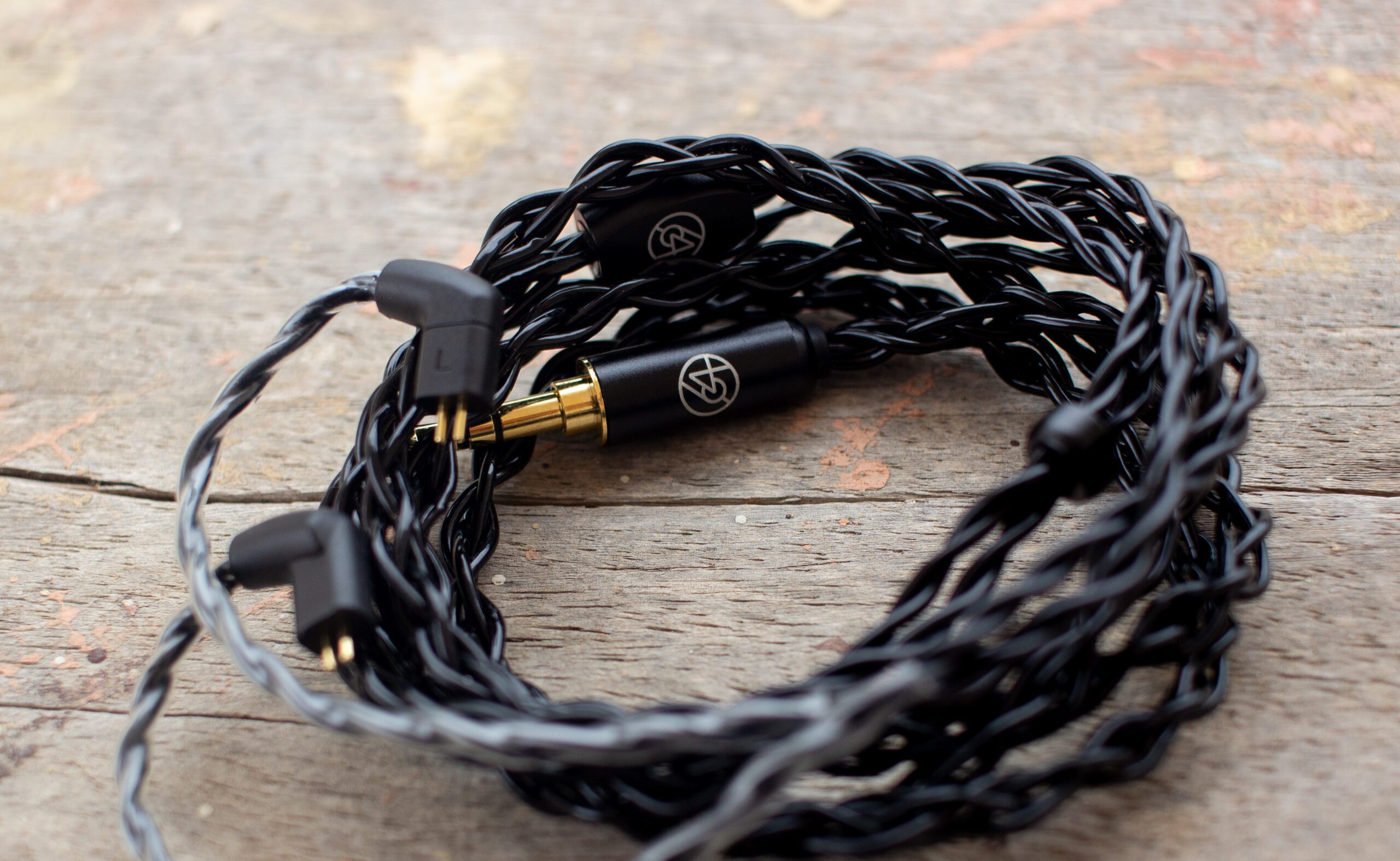
BUILD AND ERGONOMICS:
If you love the simplistic yet elegant design of U12T, U18/T and Duo, U4S is much easier to love thanks to it’s smaller footprint. I was slightly struggling with the size and shape of Duo but U4S is much more comfortable inside the ear. Yes, it’s not ergonomically designed but it has the curves in the right places and with the help of long nozzle and cable guides U4S is one of the least bothering IEM I have used in a while.
U4S uses anodized aluminum shell and incorporates Tia, LID and Apex technologies. It has a piece of glass on the back aside the apex module. It not only looks good, it can take good amount of beating too and unlike Campfire IEMs we get no issues with paint chipping off either.
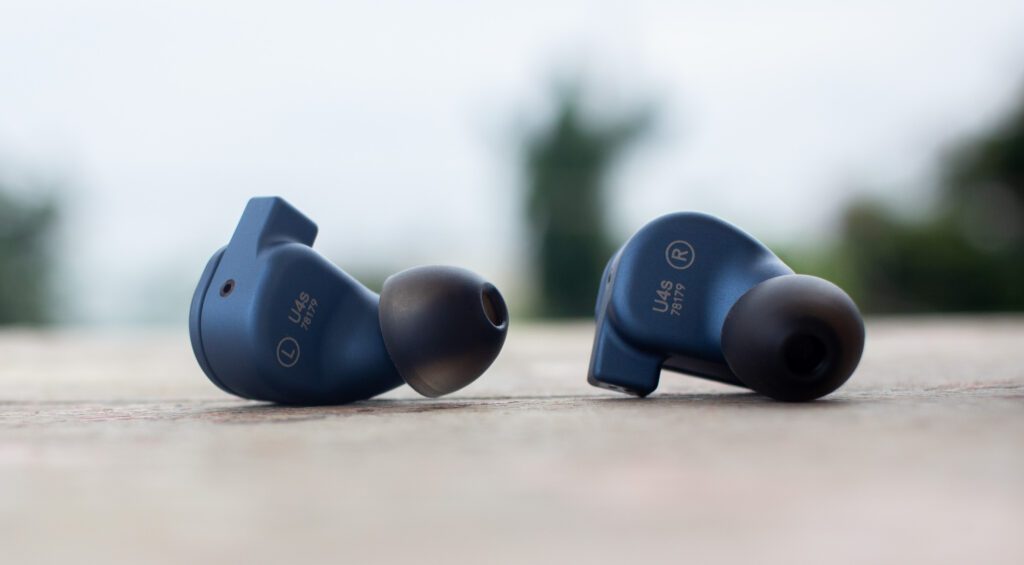


PAIRING WITH SOURCES:
Does this IEM needs a proper source? Yes, especially when the IEM responds a bit to change in signature of the source. Just like the rule of thumb, a better source always get the best out of the IEM/headphone and if you can invest in an IEM as expensive as the U4s, you definitely should invest at least in a higher grade USB DAC/amp.
An IEM can’t do better than the source and reflects the qualities of it so pick a source that can deliver good amount of power and you definitely can choose the signature of it.
SOUND QUALITY:
When I finished working on Duo, I was impressed by it’s presentation and staging but it didn’t take me long to realized it’s tuned for a musical outcome. Duo lacked with solidity within the note and finishing definition. And I thought, would this situation have been different if it has another BA driver inside it.
And here we are, with the U4s. One DD aided by 3 BA drivers and it delivers with ease.
Something that should intrigue those who were skeptical about the Duo’s performance and noise separating abilities. Unlike the Duo, U4s has better solidity and definition. It’s not as W shaped either. The signature is neutral with a slightly less warmer timber than Duo.
As of now U4s sounds like an impressive IEM with very similar to the capabilities of Fibae 5 with a slightly different presentation.
I am using the Fiio KA5, Shanling UA5 for this review and have the stock Spinfit tips for this review.
Effect of Apex Modules:

I was skeptical. I thought these are gimmicks and barely have any use in day to day use but I can’t be anymore wrong. Let me make something clear here. These modules do not change the signature but help the IEM in shifting it’s emphasis from being bassy to treble happy.
The bass gets heavier when we move from MX (Black) to M20 (Silver) modules. With the MX we get a bit on the flatter side but we still have a lot of rumble and decent punch but the volume and area of impact isn’t big. Bass gets bigger and meatier as we move up the ladder. M12 (Golden) and M15 (Grey) are the middle ground and are gradually gaining body and heft. The M20 module delivers a punch that can make a bass lover blush. The amount of rumble is similar but it’s a lot more energy and hits with a lot more weight and the slam leaves a lasting impression.
There aren’t a lot of changes with the mid range but the MX module is more airy, has a bit more tighter notes and air between instruments the M20 has thicker notes and slightly less airy.
Treble too is similarly impacted. MX has a bit more sparkle, better consistency and upper treble energy while the M20 has less energy with a bit of mid treble transparency while the upper treble is comparatively calmer.
MX module has excellent sonics and transition effects thanks to the more open stage. M20 isn’t a slouch but is a bit less dynamic.
FYI the stock module is M15. And this review is based on this.
Sonics, imaging and stage depends on the module used. While the MX has a bigger stage and more accurate imaging the M20 is a bit less transparent and slightly smaller, especially with the treble notes. It still has very good cue placement and sonics but the crispier and crunchier presentation of MX and M12 are a bit more enjoyable.
If you are a bass lover, opt for M15 or the M20 module and if you want to enjoy more accuracy and transparency, switch the modules with MX or M12 and enjoy!!
BASS:
I know what 64audio can do with their DDs and even though U4s isn’t exactly like the Duo it has a lot of similarities. Especially the tuning is similar. I will even compare it with the W9+ from Empire Ears for its delivery and dynamics but that is a bass head driver while this has much better control. Subs go deep with very good amount of rumble, mid bass has slightly more energy and delivers a full bodied and meaty thump. It has similar amount of air movement as the Duo (with a tighter body with M15 module) and delivers layered notes when needed. These layered notes give U4s extra brownie points as it will please someone who enjoys bass. A good example of this can be found with “Zhu & Tame Impala – My life”. While the Duo was a bit more wooly U4s has slightly more focused punch, it has the weight but the area of impact is a bit smaller giving it better control. The decay speed is slightly faster. Another thing shared is the dynamics. U4s has very good dynamics, it has a good range when it comes to subs and mid bass notes but doesn’t like to deliver much of the harder or upper bass notes. It likes to stay in the softer side and I think most of the listeners find softer notes pleasing and harder notes tiring. Oh, don’t worry the upper bass region is alive and well, what this IEM does is, it drags the heft of the note a bit longer and that introduces a softer note as it fades.
MID RANGE:
I love the mid range. For me, the soul of an IEM resides here. The biggest positives here are the presentation and balance. Unlike the duo we get much better solidity and stability with notes. While the Duo was a bit hollow, thicker and short heightened, U4s is much more improved. The notes aren’t shorter than any other part of the spectrum infact it’s slightly W shaped feel gives a nice pop to the vocals. It seems the BA drivers have lesser stress and are able to handle the mid range better as the Tia handles the highs only.
Both male and female vocals have very good texture and accurate timber. The shape of the notes (like a triangle) are pleasing and cohesive. They rise from a wider base and gradually shed body and finish with precision. Female vocals are a bit more accurate while male vocals do have decent grunt but are slightly more rapid, giving up a bit of after decay cohesion and throatiness. Instruments around vocals are slightly less tall but they still have superb resolution, definition and transparency. They aren’t aggressive or thin and boast an impressive back and foreground contrast. Same goes for upper mids.
If I had the MX module installed I would have been going gaga about the open and airy presentation with superb precision.
HIGHS:
I really really wanted to switch to MX or M12 modules and I gave into this desire.. All I want to say is “Forgive me for I am a weak man”. Just joking, still the M15. The differences are perceivable and the M12 definitely sounds more airy and open with notes moving with more freedom, decaying with a bit of after decay effects, giving them more cohesion and better sonics. But the M15 isn’t much further. It still has very good extension and a more balanced presentation that balances the energy and clarity nicely. It has both sparkle and agility with calmness and composure. No aggression but isn’t boring or smooth. We get very good air between instruments leading to equally impressive layering and separation.
PAIRING WITH CABLES:
PW Audio 1960s SE:
PW Audio has been making some of the most expensive cables available in the market. 1960s SE is not their flagship as of now but is as expensive as some of the flagship IEMs. Priced at $2499 for this 4 core version, I know this pairing is a bit of an overkill but this pairing definitely is one to admire.
The hybrid drivers of U4s respond superbly to this cable and this pairing easily rubs shoulder with flagships like VE8 and U18T. Sultan and Khan are a bit more aggressive with the presentation giving a better perception of detail, resolution and clarity.
This cable gives U4S wings. The stage is huge, its lower end gains a bit more weight and is more rumbly. We get more resolution, better air but it’s not attacking or aggressive like Forte or Sultan giving it a more musical inclination. The stage expands beautifully in every direction with a very polite approach while the sonics improve reasonably.
This pairing works very well but it’s not ideal so we move on to a better proposition, a better match, a better value cable.
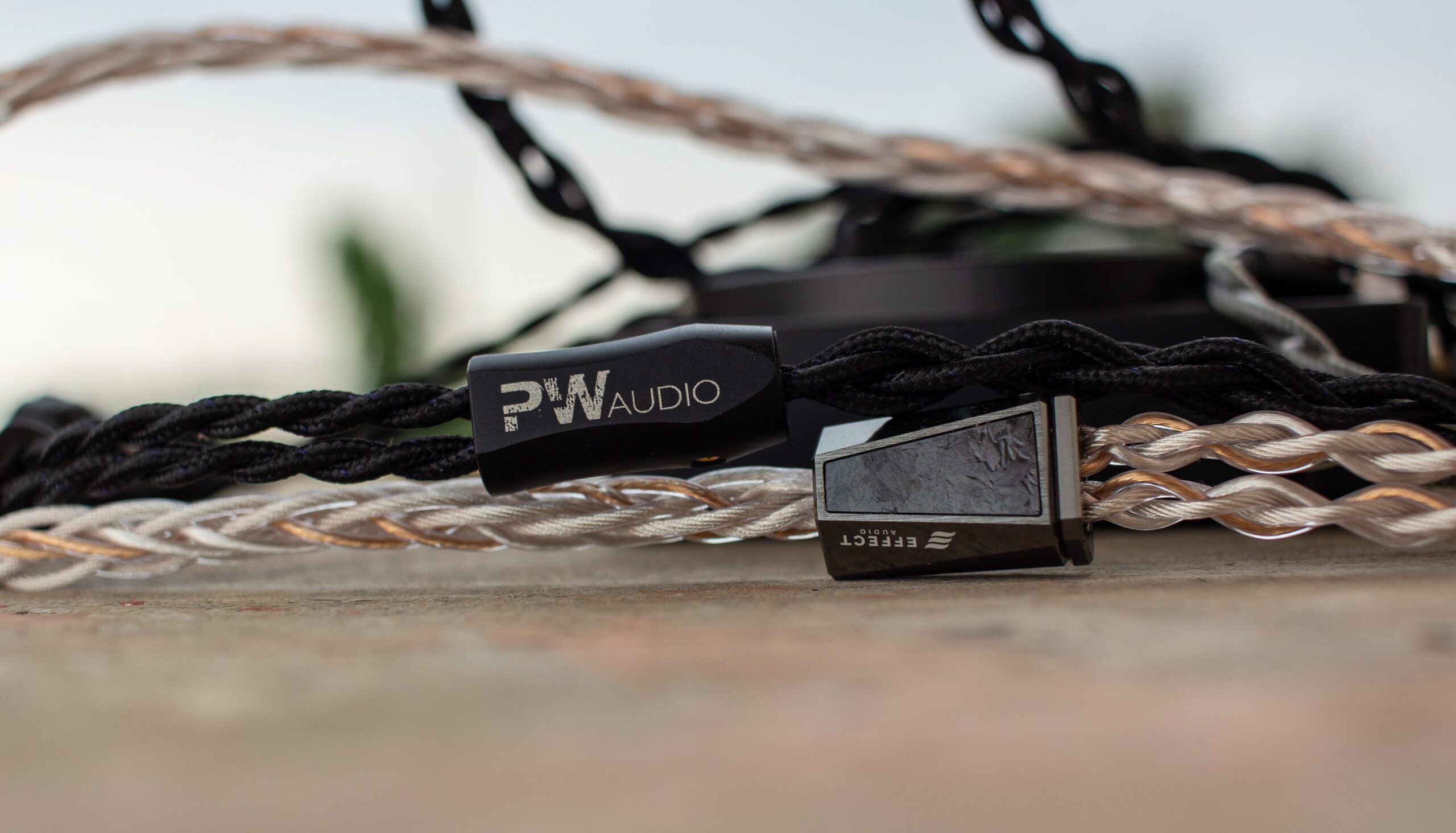
EFFECT AUDIO Cadmus Founder’s Edition:
This is a cable I have to admit exceeded my expectations. I was not expecting a whole lot of improvements over the OG Cadmus as the OG and 8w cables are super good. Marvelous for their prices and this FE is something seriously good. It has 2 gold cores and I don’t how this improves the sound but the improvements are substantial in nearly every aspect.
Cadmus FE’s balanced presentation reflects beautifully on the U4s. This pairing is superb.
This has similar attributes as the 1960s SE while delivering a bit more rumble, better balance, transparency and clarity. This combination takes the U4s to the level of flagships. This has excellent details, definition, resolution and clarity. Sonics, presentation and and emphasis on notes are very similar to Sultan and Forte. Stage too is neck in neck with the flagships.
I am not saying the stock cable is bad, but this pairing is something special.
COMPARISONS:
I have had a lot of great sounding IEMs in this range but the biggest threat to the U4s is the Fibae 5. So.. let’s go.
VS Custom Art Fibae 5:
It is one of my favorite IEMs. It’s a monster in it’s own right. It’s slightly dry signature helps in extracting superior details and clarity. It’s accuracy and precision is top notch. It kind of plays around the thin line of being bright. Some might find this bright since it is very close to being bright.
Fibae 5 has tighter bass, a bit more sub-bass rumble and less mid bass body. Have similar details and texture but faster decay. Mid range is slightly more transparent and cleaner with better air and superb clarity but is a bit less forward, saving it from being aggressive. Treble is simply delicious, superb sparkle and agility with excellent layering and separation. The imaging is different too. We get well expanded stage. This IEM can stack instruments both under and above the center act. Yes, the region just after the vocals can feel a bit less tall but the way the treble notes get projected alongside these notes, shows off the technical abilities of this IEM. U4s has a more rounded stage and is a bit bigger too.
U4s is for the organic and analogue timber lovers. The Apex modules work wonderfully making it either a bass heavy IEM or a more balanced IEM. Even in its most balanced form it is still is slightly less technically capable than the Fibae 5. It’s simple, if you want technicalities and details, Fibae 5 is superior. If you want a very capable yet a slightly musical and main stream IEM, opt for the U4s.
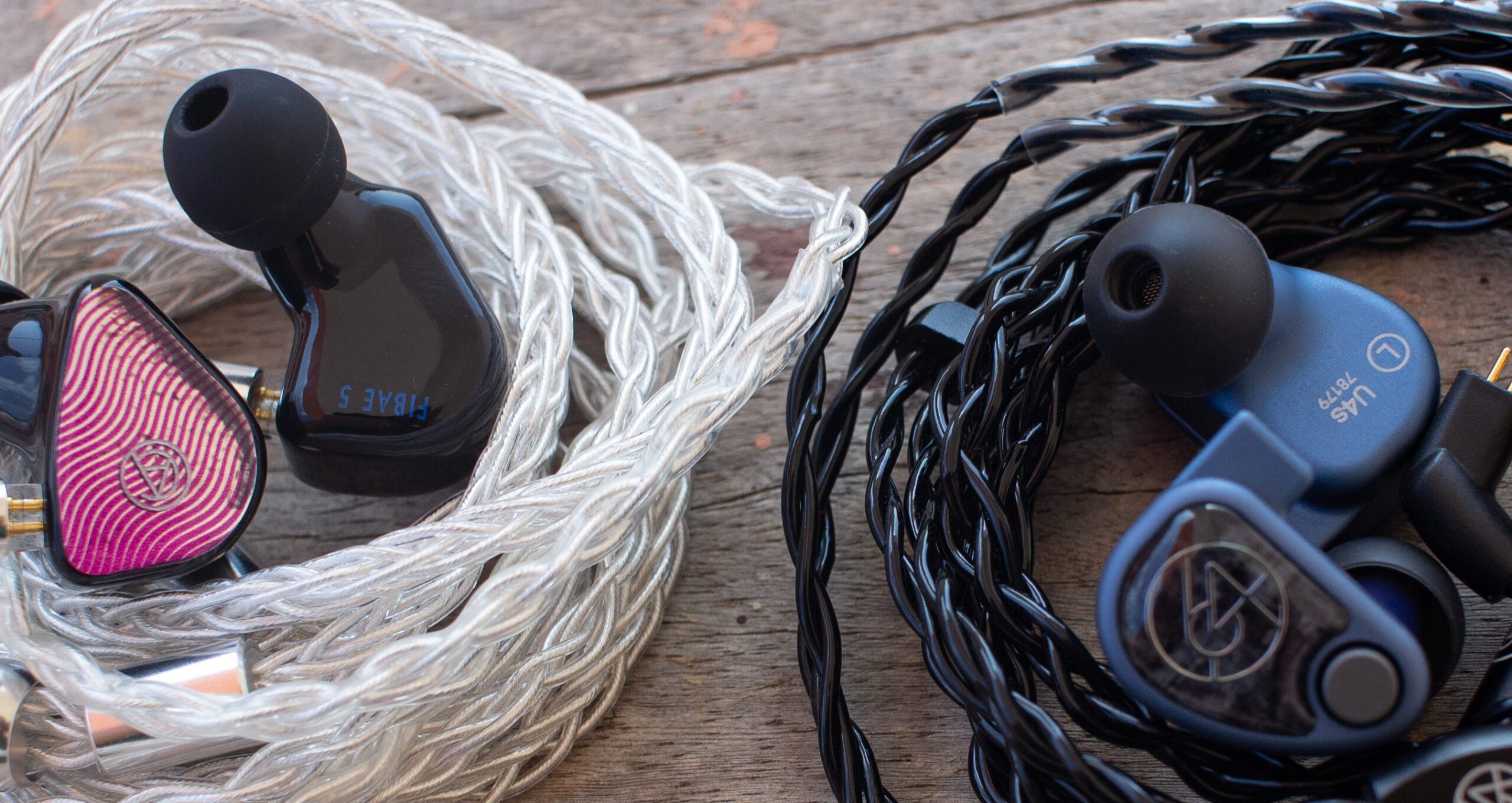
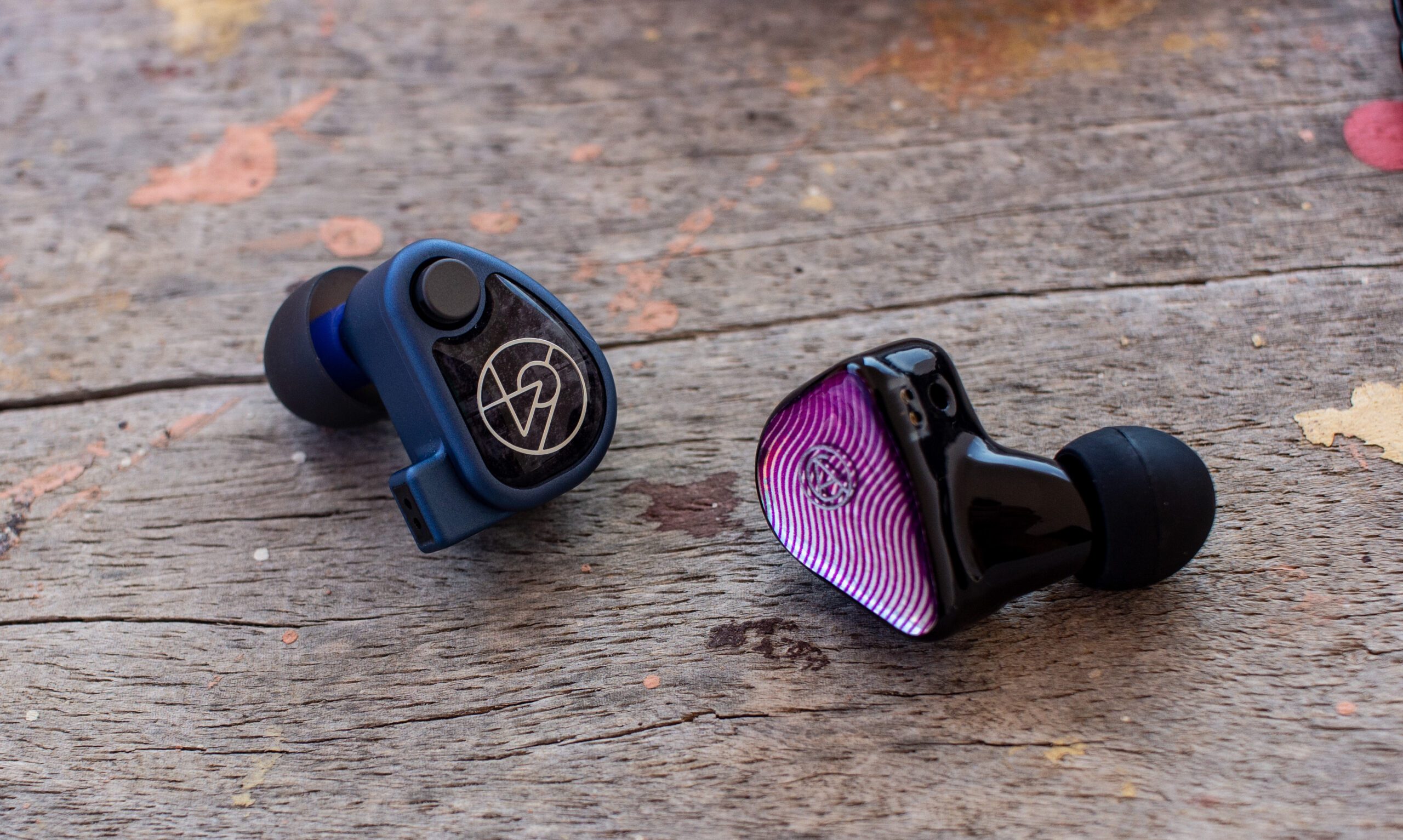
VS Duo:
It’s one of the few IEMs from 64audio that can’t house an Apex Module and that gives this IEM a different kind of presentation.
What I didn’t like are the floaty notes, they were slightly slower yet lacked much of the grounding. They felt like they were floating halfway in the air. It definitely has a different feel but it gets boring with time as the notes feel hollow and less robust. Bass is very similar to the M20 module. Similar rumble and texture but is a bit slower and lacks a bit of definition. Mid range is basically vague against the U4s. Treble extension is good but notes do not have enough finishing definition sadly.
It’s a decent IEM and sounds open but the U4s is a superior IEM.

CONCLUSION:
I am impressed. I have to admit, as of now, I find these new US and Europe based IEMs are taking the fight back to their Chinese counter parts. First the Fibae 5 and now the U4s. These two are some of the best IEMs one can get under $1200. U4s gets a lot of things right for example its bass can be fuller and heavy but never slow or wooly, it can balance the definition and warmth like no other IEM and its treble isn’t dark or dull. What else do you want? Fibae 5 too is a gem of an IEM with it’s exceptional balance, attack and technicalities but the 64audio U4s is a different kind of beast with a bigger stage and an excellent balance of everything. U4s has slightly better consistency, similar technical capabilities, has a bit more juicier notes and is more engaging too.
If you need an IEM that has high quality details, resolution and definition, very good balance, has a slightly fuller notes and a hint of musically inclined tuning and can excel at basically everything its put through, all you need is the U4s. If you have double the budget, drop a comment, I will definitely help you but if you don’t, U4s and a quality aftermarket cable can do the job too.



